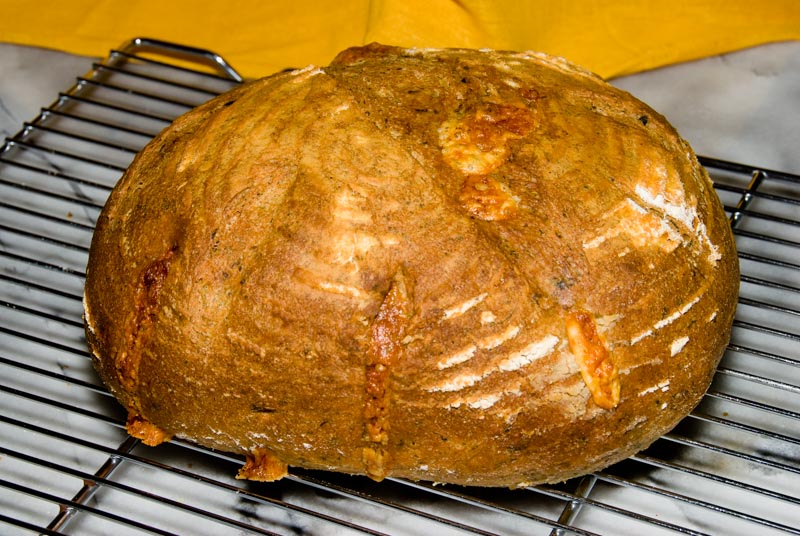Reinhart's WGB Multi-grain Struan
Today, besides [url=http://www.thefreshloaf.com/node/4142/lshanah-tovah]Challah[/url] I produced two loaves of Reinhart's multi-grain Struan from his new book. For the "grains" part I used about 1/3 cooked brown rice, and the reset rolled oats. For the liquid is used yoghurt.
 Reinhart's WGB multi-grain Struan
Reinhart's WGB multi-grain Struan
- Log in or register to post comments
- View post
- dolfs's Blog
 Round Holiday Challah
Round Holiday Challah 
 Hamburger Buns
Hamburger Buns